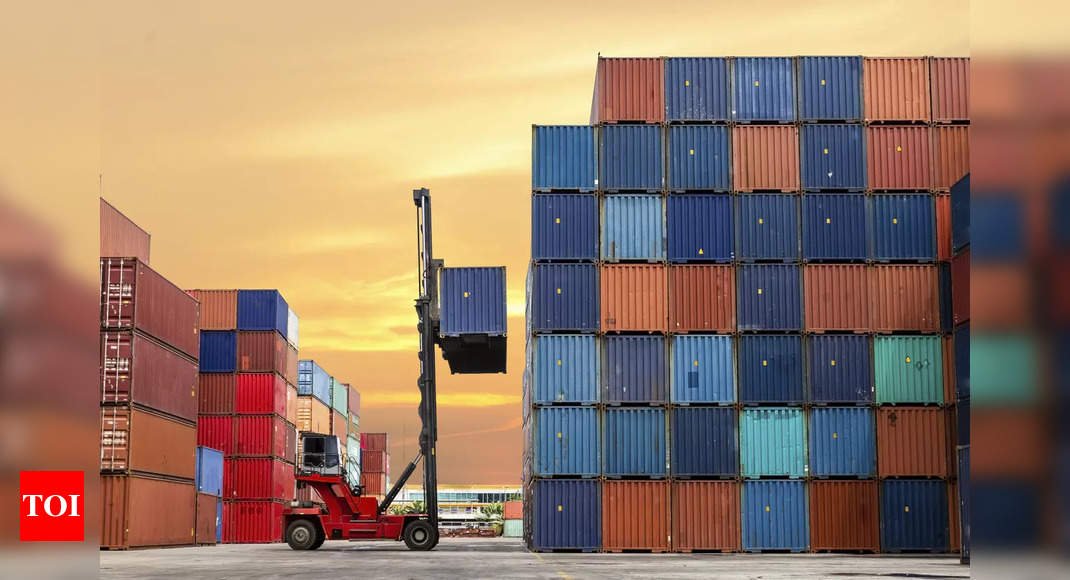India’s Robust Trade Momentum in December Quarter
Unctad Report Reveals Goods and Services Trade Surge
A recent report by the United Nations Conference on Trade and Development (Unctad) indicates that India has witnessed a robust trade momentum in the December quarter for goods and services. However, the report also cautions about possible global trade disruptions due to policy changes in the US and ongoing trade and geopolitical tensions.
High Duties Encountered by Developing Countries
- The report underlines the high duties faced by developing countries, with South Asia encountering an average tariff of around 4% on exports.
- Imports to South Asia and Africa are subject to the highest average levy of around 8%.
- Despite lower tariffs overall, developed countries still maintain “tariff peaks” with duties as high as over 100% for certain farm goods.
Trade Expansion in Developing Countries
According to the Unctad report, developing countries, particularly China and India, have experienced better than average trade expansion. In the December quarter, India and China reported growths of 7% and 5%, respectively.
- India’s export of goods and services grew 6.3% in 2024, compared to global annual trade growth of 3.7%.
- India’s exports of goods and services rose to $817.4 billion in 2024, compared with $769 billion in 2023.
- South Africa saw a 13% increase in services exports, while India’s services exports grew 3% during the December quarter.
India’s Trade Deficit
The report also points out India’s significant trade deficit, especially with China and Russia, which are among the highest for bilateral trade.
- In 2024, the US had the highest trade deficit with China ($355 billion), followed by that with the European Union ($241 billion).
- India’s trade deficit of $103 billion with China was seventh among bilateral trading partners, followed by the $65 billion with Russia at number 12.
In recent years, India’s exports to China have decreased, widening the trade deficit, while the gap with Russia has increased due to large quantities of crude petroleum being imported into the country as oil companies seek a bargain and export finished products to other parts of the world in the wake of sanctions against Moscow.



